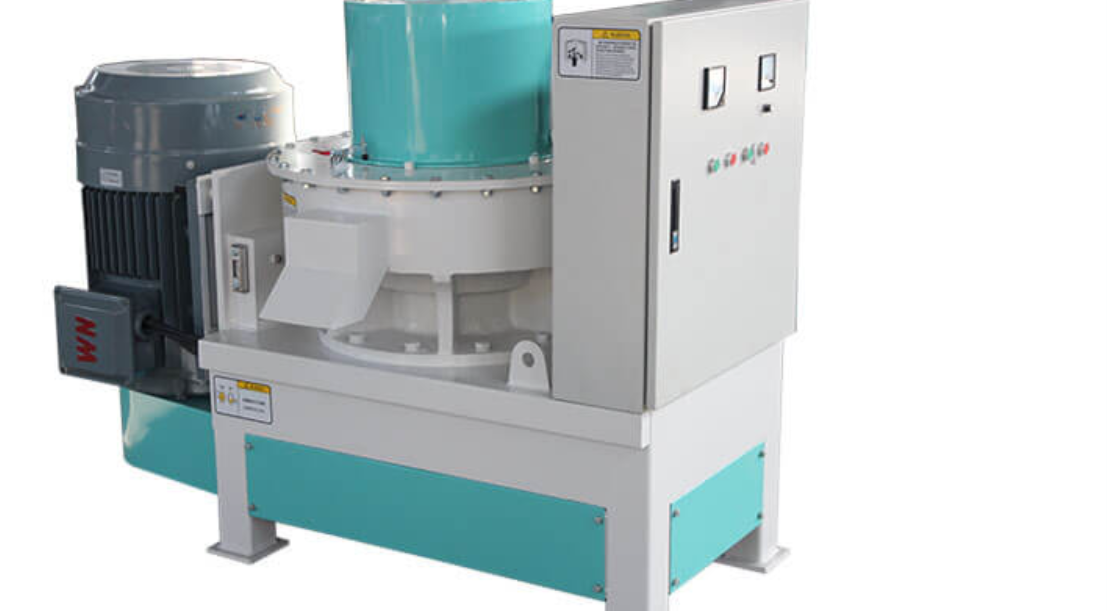A crucial step in the production of biomass pellets is the pellet mill for industry fabrication. From raw biomass resources like wood chips, sawdust, and other kinds of biomass materials, describe how biomass pellets are made.
The pellet machines are built with several parts that enable them to carry out the duties required for manufacturing pellets. Some of these machines’ essential parts include:
Pelletizing Head
The machine’s pelletizing head is the area where raw materials are supplied and then chopped into tiny bits before moving on to further steps. This item serves as a feeding unit for other machine components.
Grinder
Before entering the press, big pieces of wood must be reduced in size in the grinder. This makes it possible to produce more pellets from fewer ingredients without significantly raising fuel consumption. Additionally, it makes sure that each piece is the same size so that when they are used for heating, they burn evenly. Depending on where you reside, the grinder could be driven by electricity or diesel engines, but each has benefits and drawbacks when compared to the other.
The pellet press
The loose materials are compressed into solid blocks by this component of the machine to make them more usable. Depending on your needs, the press may be operated manually or automatically. An automated press has multiple pistons grouped around it, while a manual press has two cylinders linked by an axle.
Feeding system
The feeding apparatus is in charge of delivering the raw materials to the pellet mill. The material may be pushed or pulled into the mill to accomplish this. The efficiency of this machine component will determine the quality of the pellets that are generated.
Pelletizer
This device uses revolving blades that are angled so they can readily cut through wood to break up big chunks of wood into smaller ones.
Cooling system
A cooling system aids in maintaining low temperatures during production to prevent heat damage to personnel or equipment in situations when temperatures exceed acceptable thresholds.
Screen cleaning unit
This device clears the raw material of any foreign items that can harm or clog the screens if they were to get lodged inside of them for whatever reason.
Drying system
Any raw material supplied into the mill is dried to eliminate moisture. By doing this, you may stop mould from growing and lower the contamination levels in your finished product. Additionally, it aids in avoiding clumping during drying, which would reduce standards of quality and raise expenses for producing these items.
Crushing system
Before entering the milling process, the crushing system reduces bigger raw material pieces into smaller ones. This leads in improved production capacity over time from one batch to another with minimum adjustments needed between them owing to efficiencies obtained through consistent manufacturing, which boosts efficiency by reducing the amount of time it takes for each batch to finish processing.
Conclusion
When it comes to producing energy or heating houses, biomass pellets have become more and more popular as an alternative to fossil fuels. The biomass pellet machine has four primary parts that work together to create the biomass pellets. Drying, grinding, pressing, and shaping are those actions. The majority of producers give it a lot of consideration even though the quality of the dried biomass has a significant impact on the quality of the biomass pellets.
The knowledge needed to buy a biomass pellet mill is considerably clearer if you are aware of its essential parts.
